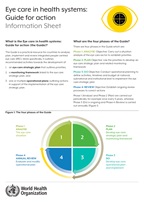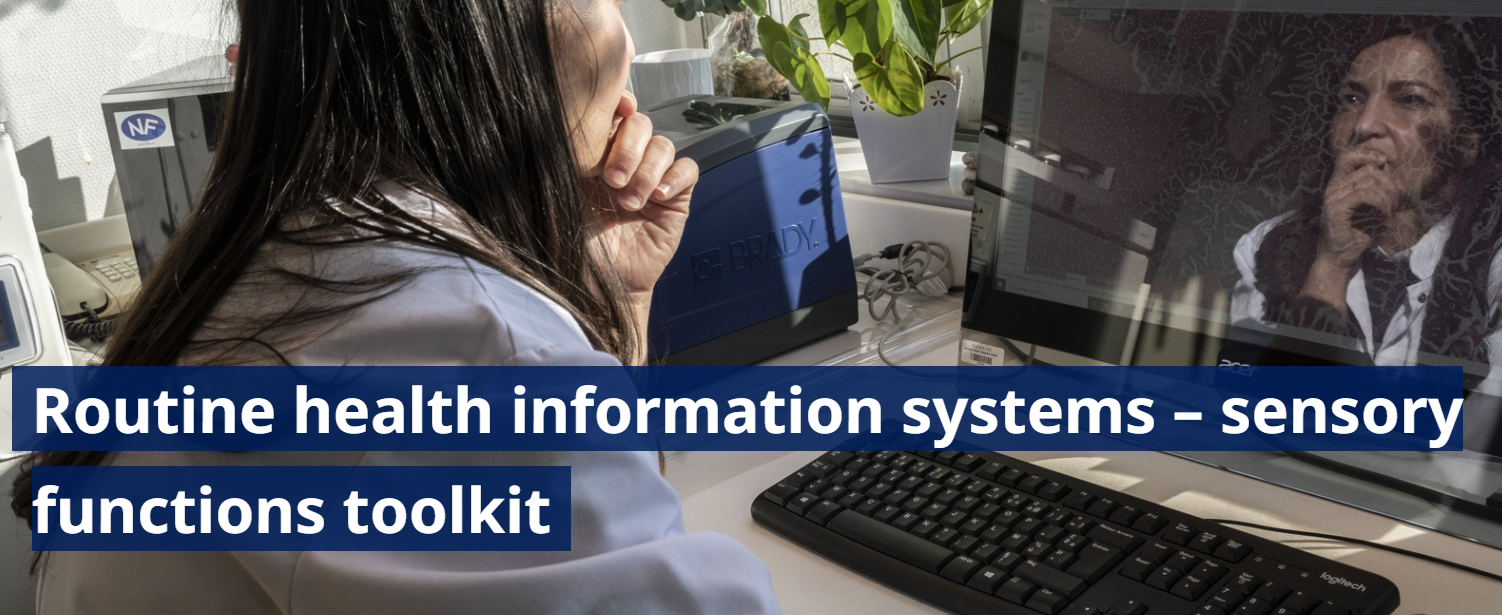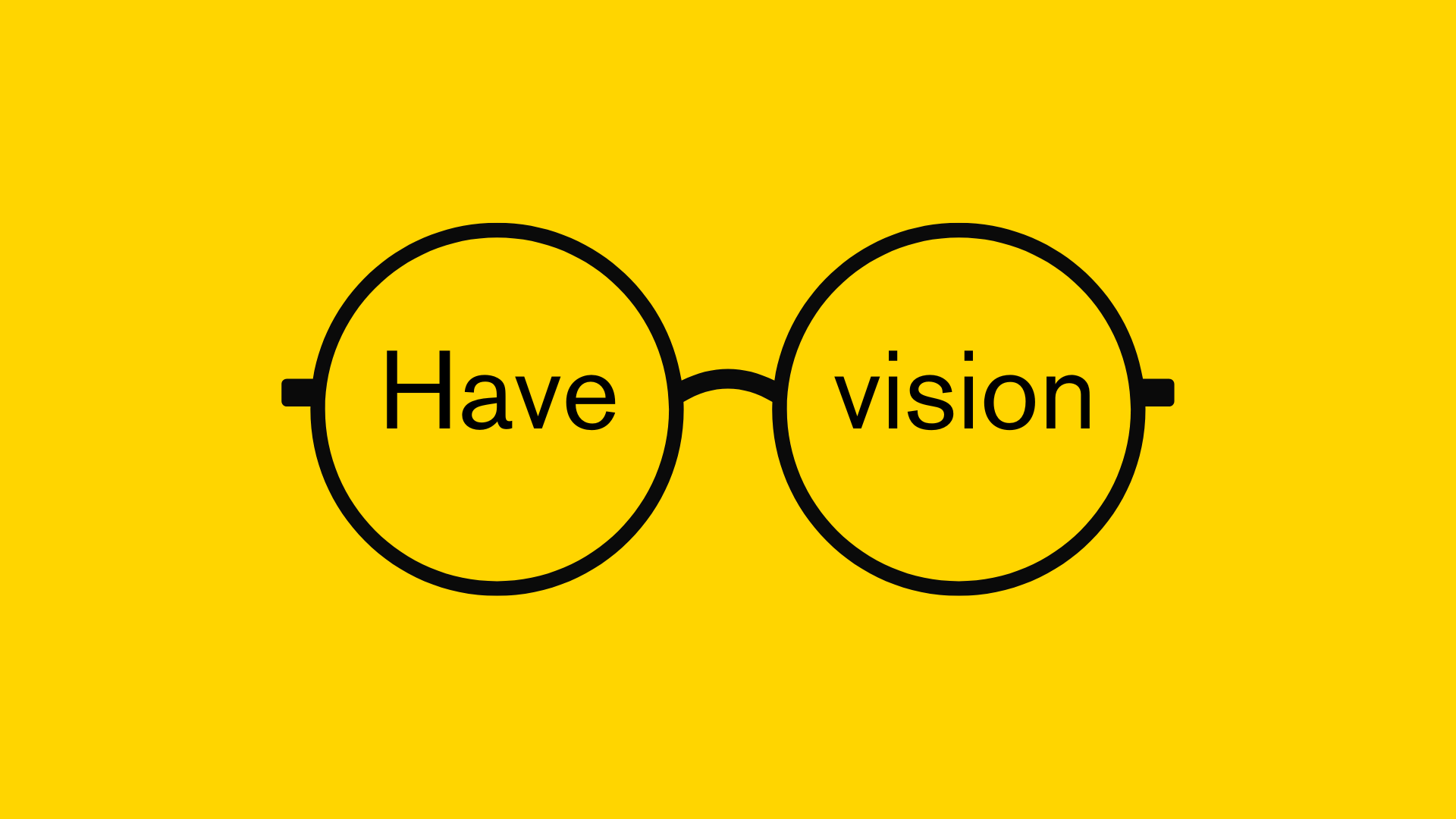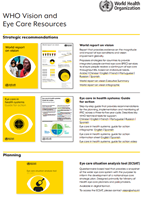Integrating eye care in health systems
The global need for eye care is projected to increase dramatically in the coming decades posing a considerable challenge to health systems. However, in many settings, individuals do not have access to the eye care services they need, when they need.
In recognition of the growing need for eye care services worldwide, WHO Member States adopted resolution WHA73.4 “Integrated people-centred eye care (IPEC), including preventable vision impairment and blindness”. The key proposal of the resolution was to make IPEC the care model of choice and to ensure its widespread implementation. IPEC cannot be implemented as a standalone approach, rather, the health system, in its different components, must be strengthened as a whole to better provide eye care services.
WHO, through consultation with experts in the field of eye care, has undertaken a range of activities and developed guidance documents and tools to support countries to strengthen their health systems to implement IPEC and better deliver eye care services. The development of additional guidance to support countries is ongoing. Find more about WHO’s work by clicking on the health system components below.










/countries/sri-lanka/whoeyes_sm-tiles_sea.jpg?sfvrsn=821632de_2)


